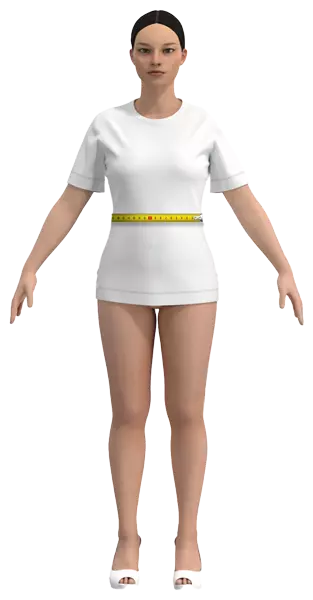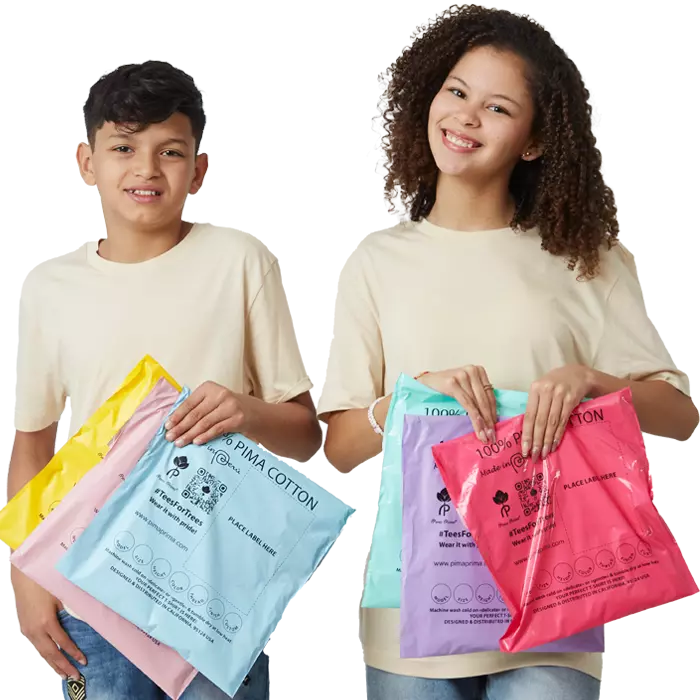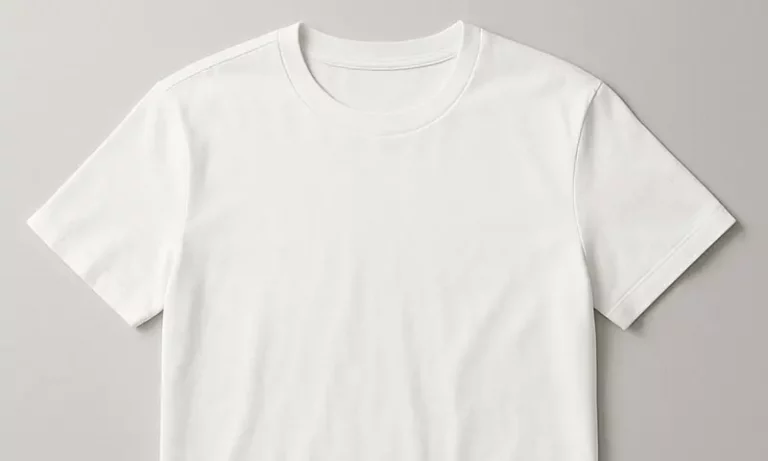T-Shirt Size Guide Flat Lay Measurements
Finding your perfect fit is easy.
- Lay a well-fitting T-shirt flat on a surface.
- Measure across these key areas:
- Measure the Chest (Bust) — “A” – From armpit to armpit
- Measure the Waist — “B” – Across the narrowest point
- Measure the Hips — “C” – Across the bottom hem
- Measure the Length — “D” – From the top of the shoulder (near the collar) to the bottom hem
- Measure the Shoulders — “E” – From one shoulder seam to the other
Model 4 – Men’s Wide Shoulders Fit (Flat Measurements)
Model 4 is tailored for broad shoulders and narrow waists. It also fits women and kids with similar body shapes.
Please check the sizing chart for the perfect fit.
| Size | Chest (Bust) — “A” | Waist — “B” | Hips — “C” | Length — “D” | Shoulders — “E” | |||||
|---|---|---|---|---|---|---|---|---|---|---|
| inches | cm | inches | cm | inches | cm | inches | cm | inches | cm | |
| 4XS | 16 1/4 | 41.27 | 15 1/4 | 38.74 | 15 1/4 | 38.74 | 26 1/2 | 67.31 | 4 | 10.16 |
| 3XS | 16 3/4 | 42.55 | 15 3/4 | 40.01 | 15 3/4 | 40.01 | 27 | 68.58 | 4 1/8 | 10.48 |
| 2XS | 17 1/4 | 43.81 | 16 1/4 | 41.28 | 16 1/4 | 41.28 | 27 1/2 | 69.85 | 4 1/4 | 10.80 |
| XS | 17 3/4 | 45.09 | 16 5/8 | 42.23 | 16 5/8 | 42.23 | 28 | 71.12 | 4 1/2 | 11.43 |
| S | 18 1/4 | 46.36 | 17 1/8 | 43.52 | 17 1/8 | 43.52 | 28 1/2 | 72.39 | 4 3/4 | 12.07 |
| M | 18 7/8 | 47.94 | 17 3/4 | 45.09 | 17 3/4 | 45.09 | 29 | 73.66 | 5 | 12.70 |
| L | 19 7/8 | 50.48 | 18 3/4 | 47.63 | 18 3/4 | 47.63 | 29 1/2 | 74.93 | 5 1/4 | 13.34 |
| XL | 20 7/8 | 53.02 | 19 3/4 | 50.17 | 19 3/4 | 50.17 | 30 | 76.2 | 5 1/2 | 13.97 |
| 2XL | 21 1/2 | 54.61 | 20 1/2 | 52.07 | 20 1/2 | 52.07 | 30 1/2 | 77.47 | 5 3/4 | 14.61 |
| 3XL | 23 | 58.42 | 22 | 55.88 | 22 | 55.88 | 31 | 78.74 | 6 | 15.24 |
| 4XL | 24 1/2 | 62.23 | 23 1/2 | 59.69 | 23 1/2 | 59.69 | 31 1/2 | 80.01 | 6 1/2 | 16.51 |








